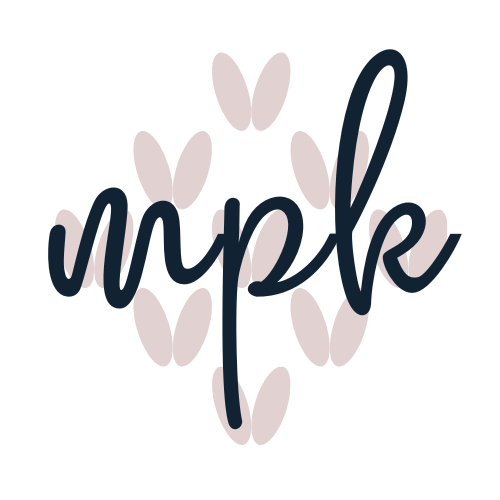How to Get Involved in the Hand Knitting Industry: Part I
It's no secret: the hand knitting industry is BOOMING! Ravelry just hit 5 million members (yes, MILLION), gorgeous yarns from talented dyers can be delivered right to your door, and thousands and thousands of patterns are at your fingertips, available for download day or night.
Lots and lots (and lots!) of knitters are happy to support this industry primarily through their crafting, but perhaps you've been thinking that you'd like to get more involved. And you're wondering how.
This two part series will look at the opportunities available for knitters interested in getting more involved in the hand knitting industry--and maybe even earning a little pocket money.
Test knitting
Test knitters help designer test their draft patterns before they're published. Each designer establishes his/her own parameters for test knitting, but it usually involves testers knitting the pattern by a certain deadline and providing feedback--noting errors, confirming yardage, indicating which parts of the pattern may need clarification, etc. Your job is to ensure that the pattern--as written--produces what the designer intends for it to produce. For this reason, it is essential for test knitters to follow the pattern exactly (with the exception of errors!)--you must work at the same gauge and use the stitch patterns and techniques given.
Designers may ask knitters to create project pages on Ravelry and link them to the pattern page once the design is published--and quality photos may even be used on the pattern page itself. Test knitters generally purchase their own yarn (or work from stash!), because they keep the finished item--for this reason, you want to test knit patterns that appeal to you. Test knitters generally receive a final copy of the pattern they've tested, and some designers also compensate test knitters with additional free patterns.
So, how can you get in on the action? You can start by perusing your favorite designers' websites and/or Ravelry groups--many designers run tests or post calls for test knitters in their groups or on their blogs (if you want to be added to my list of test knitters, you can fill out this form; I also post calls in my Ravelry group). There are also a couple of Ravelry groups where designers post calls--the Testing Pool and Free Pattern Testers.
Sample knitting
Sample knitters create finished items for a designer, yarn company, or shop to use to promote their business. These items may be use in shops, at industry events or at a trunk show, for example, to advertise yarns or patterns--so you don't get to keep them. Yarn is provided for you, and sample knitting is often paid, although it won't make you a millionaire. I've also seen requests for bartering--sample knitting in exchange for yarn, tech editing, or similar. It's really a job for a process knitter--someone who loves to knit. Finished items also need to be flawless, since they'll be on display, so experienced knitters are more in-demand.
Sample knitting work is a bit harder to find--you can start by asking about opportunities at your local yarn shop or craft store. And again, your favorite designers may include this information on their websites or in their Ravelry groups, so look around.
Tech editing
Tech editing is the final editing process for a knitting pattern. Tech editors check the math, verify that the instructions are clear and consistent, search for typos, note inconsistencies in style--ensuring a correct and polished pattern for final publication. Tech editing is paid work (with the possible exception of the bartering situation I noted above), with most editors charging an hourly rate, but you can't go into it blind--you need some training and practice.
If tech editing interests you, a good place to learn more is Joeli's Kitchen. Joeli is a designer and tech editor who offers online tech editing courses. She has 2 different course styles available (guided and DIY), both of which you complete from the comfort of your own home (or office, I guess, if you have one of those jobs with free Internet access and a lot of down time). She's recently done a couple of blog posts about what, exactly, a tech editor does, so check them out here and here.
Yarn support
If you're an indie yarn dyer, you're already playing a pretty big part in the handknitting industry, but if you're looking to expand your business and gain more exposure, you might consider offering yarn support to indie designers. Yarn support is, at its root, free yarn--you provide the designer with yarn in exchange for the designer using your yarn to knit the sample for a pattern and listing your yarn as the recommended yarn. Once the pattern is released, your business gains exposure through whatever pattern promotion the designer does--and you can provide additional pattern promotion as well through your own website and social media.
Generally, designers will approach dyers to request yarn support, but you can encourage collaborations by indicating on your website that you welcome requests for yarn support and providing clear information about who designers should contact to request support and what information they should provide. You could also post in the Yarnie/Designer connection thread in Ravelry's Designers group.
You might also consider directly contacting a designer you admire to see about a collaboration--now, if you're a relatively new dyer and you contact a very in-demand designer like Ysolda, well, chances are that's not going to play out the way you'd like. But there are many, perhaps slightly less in-demand, indie designers who welcome opportunities to work with new yarns and companies.
Look for Part II of this post later this week--I'll discuss photography, graphic and web design, modeling, and other ideas!

